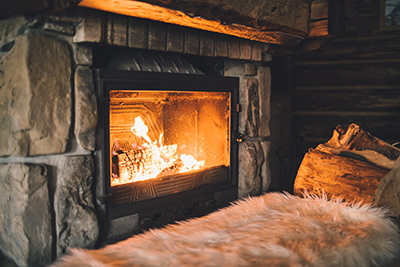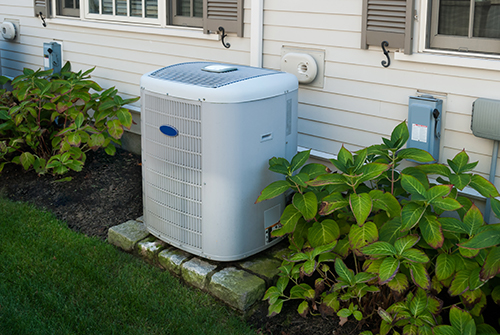A fireplace is one of the most sought-after amenities for people searching for a new home. With this addition, comes necessary care and maintenance. Neglecting a chimney of any kind can lead to dangerous situations including chimney fires, house fires, and carbon monoxide poisoning. Any home, but especially those with a fireplace or wood burning stove, needs to have working smoke detectors and carbon monoxide detectors. Just as important as those items, an annual inspection by a Monmouth County chimney service company like Carlin Chimney and Duct Service is absolutely crucial. A chimney is only in safe working order with the yearly cleaning by a professional. Neglecting to schedule regular chimney service is dangerous for many reasons. But, many people don’t understand exactly what an inspection should include. We hope this article can help clear some things up about chimney service in Monmouth County.
Monmouth County Chimney Service Has Levels
As with most services, there are different levels of service that a homeowner can select. Chimney service in Monmouth County has three different options. The goal of all levels of chimney inspections is to identify damages or problems. If not fixed, a chimney can become dangerous. If at any point during any level of inspection the technician identifies a possible hazardous situation, the professional will recommend a higher-level inspection.
Level 1
As the lowest level inspection, it includes the least amount of inspection and service. During a Level 1 inspection, a technician only examines parts of the chimney that are easily accessible. In other words, parts that do not require the use of tools to access. If it is a part of the chimney that can only be viewed by removing a door, covering, or another part, it will not be inspected during a level 1 inspection. This is the minimum requirement for safe chimney use. It is adequate for a chimney that has not changed physically within the last year and the use of the chimney has not changed.
Level 2
Building on level 1, a level 2 inspection is for any chimney that has had a change. For example, relining your flue, a change in fuel type, or if there has been a change in ownership. If you just bought your home, ask for at least a level 2 inspection. One last case that would call for a more inclusive inspection than a level 1 is if there was a fire or any other event occurred that caused damage in the chimney. Including everything in the level below, a level 2 inspection also consists of the use of video or other instruments to examine the chimney. As with a level 1, no use of tools to remove permanent portions of the chimney during this type of inspection.
Level 3
As the most invasive of the inspections, a level 3 chimney is more involved. This examination requires the removal of certain parts of the chimney in order to view unseen parts. This is especially important if there is a suspected hazard. If a level 1 or 2 inspection finds a problem, you need a level 3 inspection. In order to fully determine the extent of the damage and how best to fix it, Monmouth County chimney service companies will then suggest a level 3 inspection.
The Number One Trade Secret of Monmouth County Chimney Service is That There Should be No Secrets

The only Monmouth County chimney service worth paying for is one where you understand fully what will be done. Do not sign anything that doesn’t explicitly describe what parts of your chimney will be checked and how it will be cleaned. For one thing, you want to be sure that the work that they claim to be doing is actually done. If you don’t ask what jobs they will be performing there is no way for you to check that they were completed. Second, ensure that you’re getting your money’s worth and paying for a legitimate company. Never hire a company that simply states that they will be cleaning your chimney. You want to know exactly what they are doing, with what equipment, and how. You better ask if the company you hire has proper licensing and insurance. Chimney service is dangerous so insurance is important for all workers.


